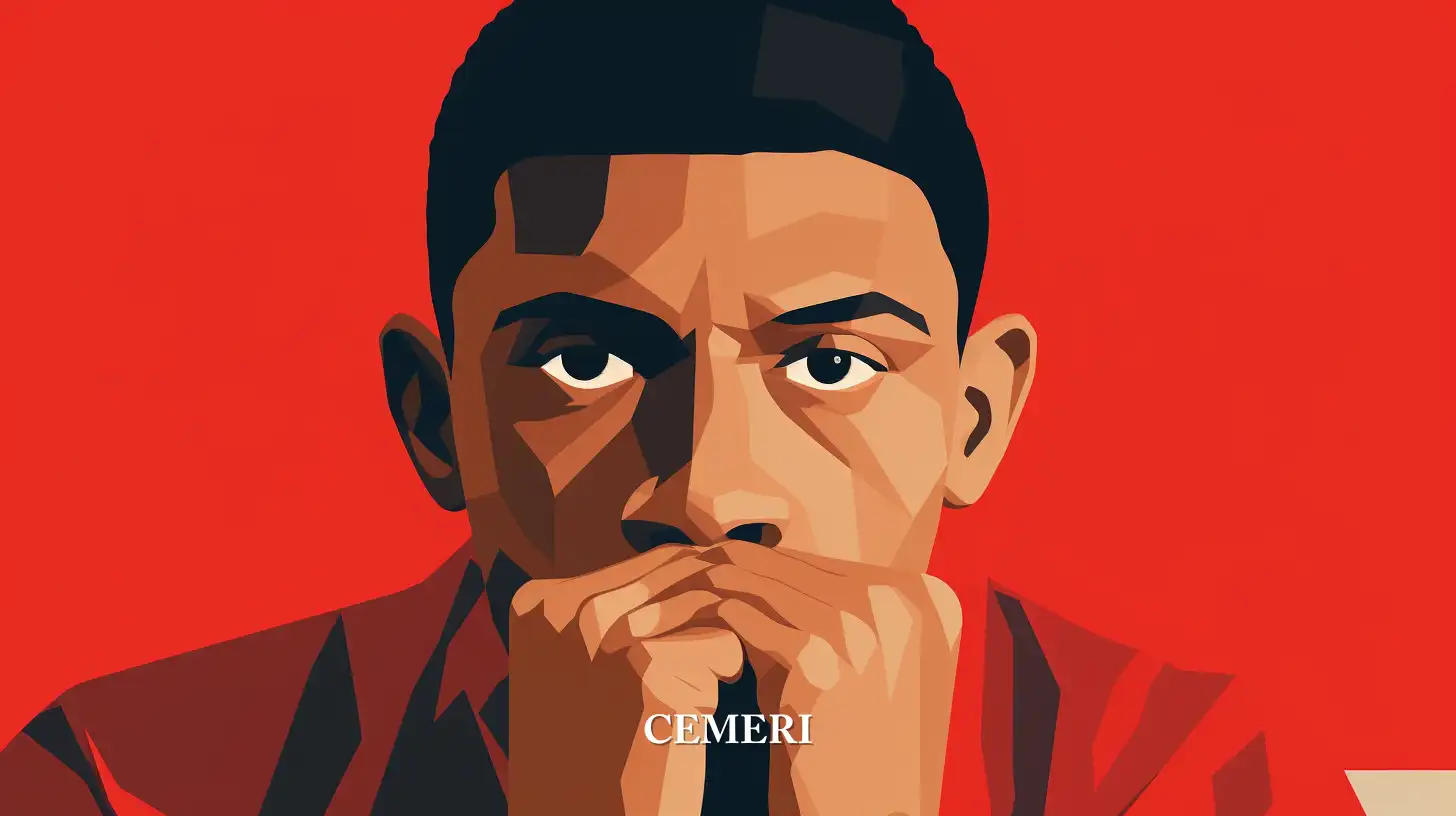Analysis
Christian Alonso
Are you really middle class?
- It must be understood that the middle class "is at risk" because of its false consciousness.

The economic crisis caused by the COVID-19 pandemic brought to light a series of structural problems that prevail in this system. Millions of jobs have been lost around the world and the poverty line has increased considerably. So much so that those who believed they did not belong to the less favored social class, managed to perceive a substantial change in the way they perceived their material conditions of existence.
The rapid decline in the purchasing power of individuals brought with it endless questions for the so-called middle class, because while the poor became poorer and the rich increased their fortunes drastically, the so-called "middle class" were closer to the threshold of poverty than that of the long-awaited upper class, questioning the construction of identity values with which this stratification has been gestated and highlighting that, indeed, economic inequality is an undeniable reality.
The middle class as a social construction
There is no universal definition of the term middle class, since its construction includes everything from economic factors, such as family income level, accessibility to basic services, among other things, to subjective factors such as level of education and skin color. This has generated a series of controversies regarding who belongs to this stratification and who does not, thus generating a false understanding of the social role that the middle class has regarding social problems.
The difficulty in understanding the meaning of this social class increases considerably when analyzed from different perspectives. However, for a better understanding of its nature, it could be classified into three aspects.
1-. Purchasing capacity: monthly income, acquisition of services, etc.
2-. Education: educational level, occupational status
3-. Culture: self-perception, behavior, etc.
The first aspect is mostly used by economists who include this sector of society according to the level of monthly income per family. In Mexico, for an individual to be considered middle class, their income must be above 15,000 pesos, following the classification of the Organization for Economic Cooperation and Development (OECD) that defines the middle class as one that "Have income between 75% and 200% of median national income, this is around 14,256 pesos."[1]
However, this is in contrast to the social reality in the country. A survey carried out by De las Heras Demotecnia found that 61% of those surveyed considered themselves as middle class[2]. However, this contrasts with the data presented by the OECD, which indicates that only 45% of the Mexican population has a net income of more than 15,000 pesos, thus placing them in this social stratification.
Despite the fact that it might seem that a large percentage of the population has a considerable income to slip into this social class, the truth is that 84% of the country's population does not have social security, nor can it satisfy the total needs of a family: education, health, sanitary services, drainage, telephone, among others.
Although microeconomic indicators turn out to be the most viable and simple source for classifying social classes, the truth is that the term middle class encompasses something more than money. The educational level and occupational status are considerable factors for understanding this social class, since they provide a specific formula that facilitates its understanding: higher educational level = high occupational level, which is reflected in higher income. However, is this true?
Following the survey carried out by De las Heras Demotecnia, close to 26% of those surveyed who consider themselves to be middle class[3], have a higher educational level, which would mean that, theoretically, the level of studies is reflected in the purchasing power of individuals
However, the truth is that in Mexico the level of studies is not sufficient nor does it reflect a constant with respect to the level of income and the occupational index. In fact, according to the National Occupation and Employment Survey, two out of five university students are unemployed and just over 40% of professionals under 30 have entered the informal sector.[4]
This breaks with the belief that the middle class in Mexico does not advance due to the little increase in education. In fact, it has been shown that from 1989 to 2010 Mexicans have considerably increased their educational level, without this having meant an equitable increase in their income level. [5] Following the logic that the more educational level an individual has, the higher his or her occupational level, isn't it a great contradiction that casts doubt on the veracity of classifying the middle class?
The last aspect refers to culture, which encompasses the self-perception and behavior of individuals "belonging" to the middle class. To understand this condition, one must think about the "cultural capital" of individuals, which could be understood as the forms of knowledge, education, skills and advantages that a person possesses that grant a higher status within society.[\ 6]
In simple terms, those individuals classified as middle class have access to various forms of culture, including art, cinema, music, etc. This influences the way in which they perceive themselves, highlighting the symbolic otherness with the less favored population. For the middle class, access to culture and the arts represents power, knowledge and structural positioning. In this way, the identity that emerges from the cultural capital of the middle class is more a subjective construction than an absolute reality.
The middle class as aspiration
It is curious that a large percentage of the Mexican population considers itself part of the middle class, even when the statistical data brings out a totally different truth. It seems that there is a kind of cognitive dissonance shared by a large sector of the population, as well as a generalized fear of poverty.
This condition means that the social problems in the country are decimated by the private interests of this social group, which focuses its political agenda on a largely privileged class. Antonio Gramsci would call this phenomenon "false consciousness", which is characterized by the identification of values contrary to the material conditions of existence of individuals, which affects the solution of structural problems within society. [7]
Being considered middle class goes beyond the socioeconomic level that the individual has. It is a speech and an aspiration for the average citizen. It is a false mirage of escape from poverty and a constant yearning for consumption and well-being.
What is dangerous in itself is not being part of the middle class, but driving the needs and aspirations towards a privileged social class. It is to think that the political agenda of the rich includes each individual within the remaining 90% of the country's population. It is to think that the wealth accumulated by big businessmen will be reflected in the purchasing power of the middle class.
It must be understood, therefore, that the middle class "is at risk", not because of social programs that seek an equitable redistribution of wealth, nor because of economic support for those who need it most, but because of their false consciousness. The middle class must then guide their efforts so that the great inequality gap disappears. Stop fearing poverty and start working in more equitable societies, because they are that meeting point that is difficult to distinguish.
Sources
[1] Forbes Staff, Encuesta | 6 de cada 10 mexicanos se consideran de clase media, Forbes México, 2019, disponible en: https://www.forbes.com.mx/encuesta-6-de-cada-10-mexicanos-se-consideran-de-clase-media/
[2] De las Heras Demotecnia, Clase Media en México, disponible en: https://www.demotecnia.com.mx/clase-media/
[3] íbidem
[4] Reyna, José Luis, Los egresados Universitarios y el Desempleo, Milenio, 2015. Disponible en: https://www.milenio.com/opinion/jose-luis-reyna/de-paso/los-egresados-universitarios-y-el-desempleo
[5] Lustig, Nora, Esquivel Gerardo y Campos, Raymundo citado en Ríos, Viri, No, no eres clase media, The New York Times, 2020, disponible en: https://www.nytimes.com/es/2020/07/06/espanol/opinion/clase-media-mexico.html
[6] Véase Bourdieu, P. Poder, derecho y clases sociales, 2da edición, 2001, Ed. Desclée de Brouwer, España.
[7] Véase Gramsci, A, Análisis de las situaciones. Relaciones de fuerza, 1975, disponible en: http://theomai.unq.edu.ar/conflictos_sociales/Gramsci_Analisis-situaciones-Relaciones-de-Fuerza.unlocked.pdf

